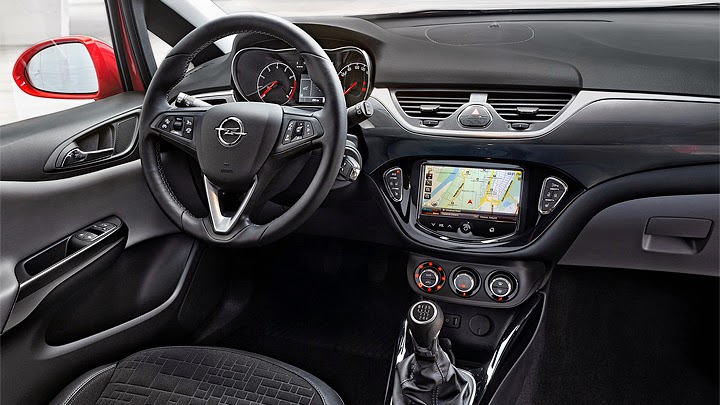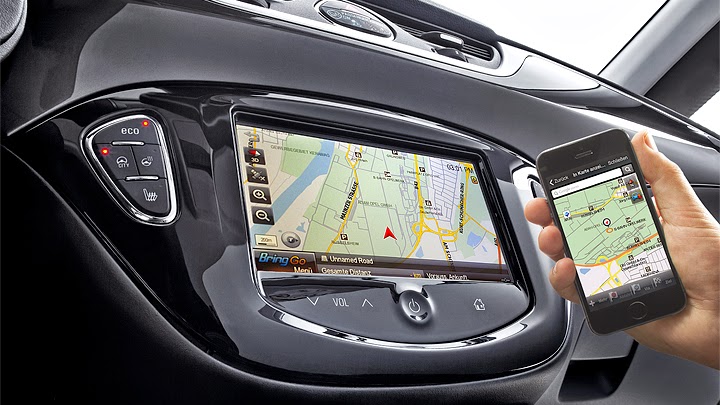
As crazy as it might sound at first, “The show must go on” is a proverb which fits the car industry very well. After all, since any big automaker works with thousands of employees, large-scale purchases and long-term strategies, one of the foundations of their operation is stability through time. So even though a financial crisis arrives, it is better for them to adapt their workforce and reschedule their product releases than to just halt their production. This is why you see new cars appearing even during financial crisis: the only way for an automaker to overcome it is to keep selling, so it must do its best to keep convincing people to buy from it. And how could such prowess be done? With vehicles such as Opel’s latest gem.
Fiat only started to recover eight, nine years ago thanks to Grande Punto’s blatant success. PSA is attempting to increase its profits by investing on luxury markets, whether from Peugeot or DS. And Opel has started to refresh its lineup based on what has already proved itself successful – that is, Adam. Like A-Class managed to spread its design language through all other Mercedes-Benz cars, Opel’s supermini started to inspire the next phases of its bigger brothers – one of them was Mokka, which already became highly successful too. So instead of taking the risks (and the costs) of developing a whole new vehicle, GM’s European division decided to improve Corsa. But you will see that its title of “new generation” is actually well-earned.







Following Opel’s tradition of naming its generations with letters, rather than numbers, you are meeting Corsa E. Its main features begin with a new front fascia, where futuristic, boomerang-shaped headlights divide attentions with a big grille (the lower one was almost rendered unnecessary) so as to create the company’s signature “wing design”. But while the front reminds of Adam, the designers worked on the rear looking the other way: Astra was the inspiration for the irregularly-shaped tail lights, which become extra interesting for being different between the three and five-door variations (compact cars usually use the same set to cut costs). The sides, in turn, display the shapes we already knew: sporty for the first, family-friendly for the second.
However, if it was not enough not to share any body panels with its predecessor, Corsa E received a new interior, too. While the design does not surprise, once again, Opel adopted sophisticated materials and sharper steering in order to offer what it calls a “driving experience comparable to larger, more expensive cars in terms of comfort and precision”. Besides, the all-new electrical architecture brought all the electronic items expected from any modern car in nowadays: IntelliLink uses a 7” touchscreen for full smartphone connectivity, as well as operating several downloadable applications. Parking became much easier thanks to Park Assist and rearview camera. And passive safety is guaranteed by the omnipresent plethora of electronic systems.







The other big news concern the performance. With an all-new chassis, lower gravity center, recalibrated power steering, refreshed suspension and stiffer sub-frame, the new Corsa is much better to drive. At high speeds you will benefit from more stability, while at urban streets the improved disturbance filtration aids to comfort. There will two chassis options once again: Sport adds stiffer components and new steering geometry, compared to the Comfort option, so as to deliver a more direct response. The power steering, in turn, presents a City mode which allows low-speed driving with less effort. Since Corsa’s dimensions were not significantly changed, the internal room should have stayed the same. Which, in this case, was not bad at all.
The engine range is composed by five units. The gasoline team is captained by the turbocharged, direct-injected Ecotec 1.0L. It uses special components dedicated to reduce noise, vibration and harshness (NVH) levels, and is offered with 90 hp or 115 hp of power, both reaching 17.3 kgfm of torque and using start/stop system. The other options are naturally-aspirated 1.2L and 1.4L and a turbocharged 1.4L, which takes those numbers to 100 hp and 20.4 kgfm. With diesel, the CDTi 1.3L comes with 75 hp or 95 hp. The standard transmission is always manual, with a sixth speed coming only for the Ecotec engine, but there will be an Easytronic automated option as well. Opel Corsa E will have its official debut during this year’s Paris Auto Show.